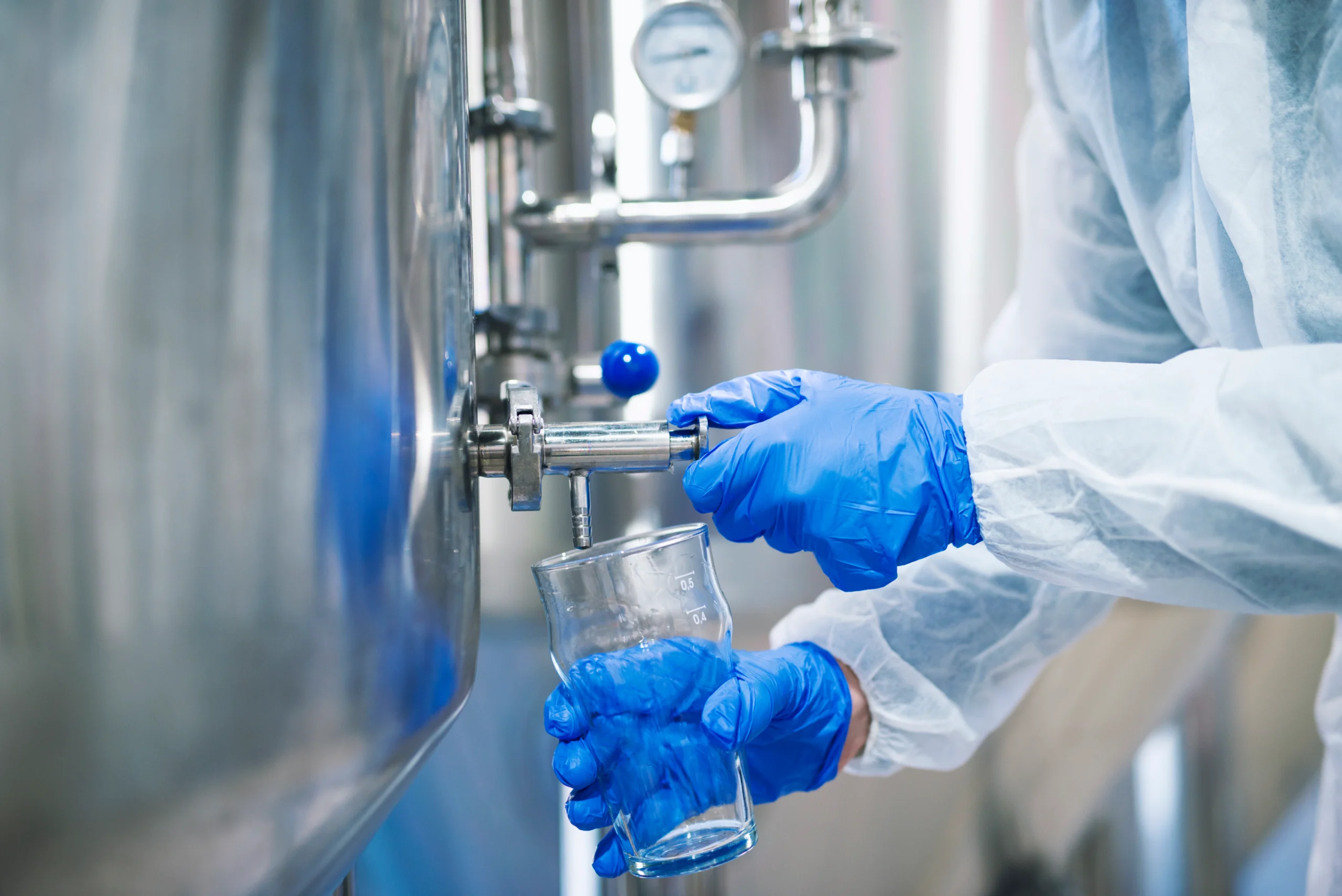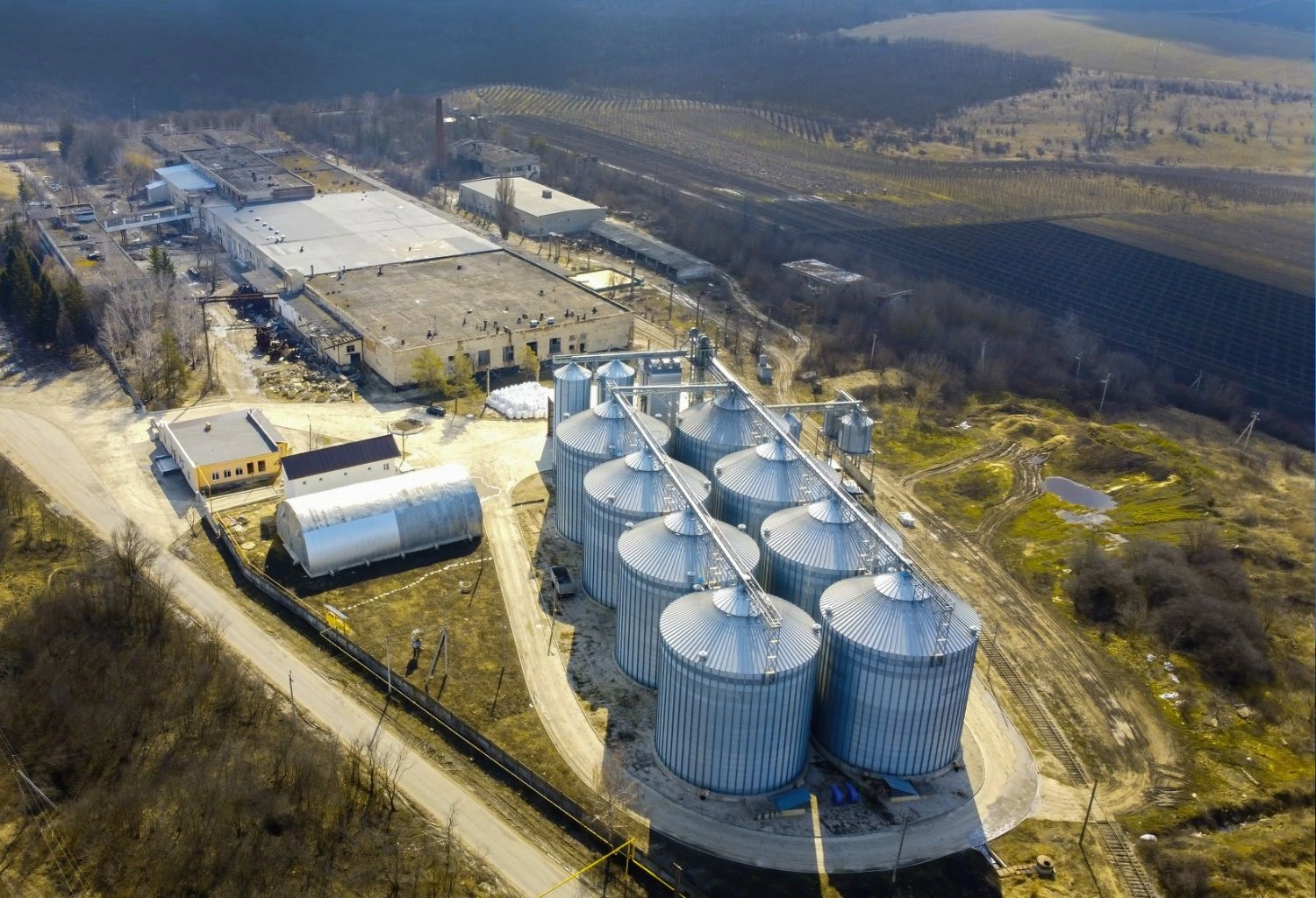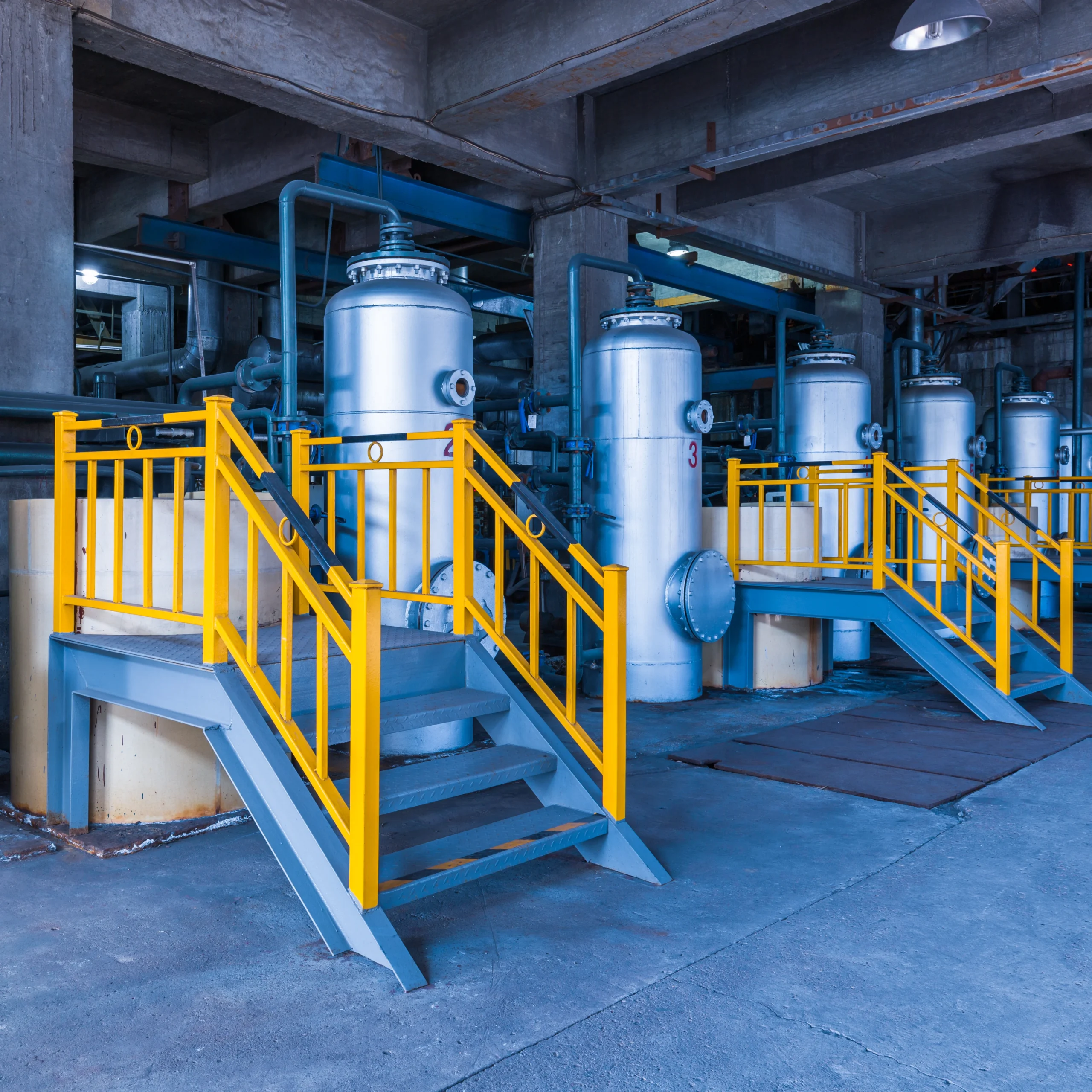In an emergency situation, having access to clean and safe water is crucial. However, in many cases, natural disasters or emergencies can cause contamination of the local water supply, leaving people vulnerable to waterborne illnesses. One solution that is gaining traction for emergency preparedness is UV water sterilization systems. But how do these systems work, and why are they an essential part of emergency water treatment?In this blog post, we will dive into everything you need to know about UV water sterilization systems for emergency preparedness. From understanding their function to why they are effective during emergencies, we’ll cover it all. If you’re looking for ways to ensure access to clean water when disaster strikes, keep reading to learn why UV sterilization should be a part of your emergency kit.
Demineralization Water System
What Are UV Water Sterilization Systems?
UV water sterilization systems are devices that use ultraviolet light to disinfect water by destroying harmful microorganisms, such as bacteria, viruses, and parasites. The UV light damages the DNA or RNA of these pathogens, rendering them unable to reproduce and effectively neutralizing them.In the context of emergency preparedness, UV water sterilization systems offer a reliable and quick way to purify contaminated water, especially when other methods, like boiling or chemical treatments, may not be feasible. Unlike traditional methods, UV sterilization doesn’t alter the water’s taste, odor, or appearance, making it an ideal option for those who need clean water in an emergency situation.
Why Are UV Water Sterilization Systems Important for Emergency Preparedness?
When a disaster strikes, the local water supply can become contaminated with harmful pathogens due to damaged infrastructure, flooding, or other factors. In such cases, relying on untreated water from rivers, lakes, or wells can put individuals and families at risk of waterborne diseases like cholera, dysentery, or giardiasis.UV water sterilization systems play a critical role in emergency preparedness because they provide an efficient and effective method to purify water. In comparison to other filtration or purification methods, UV systems offer several key benefits:
- Quick Action: UV sterilization is a fast process, taking just a few minutes to treat water, making it perfect for emergencies when time is of the essence.
- Chemical-Free: Unlike chemical disinfectants like chlorine, UV systems don’t add any chemicals to the water, preserving its natural taste and quality.
- Effective Against Pathogens: UV light is effective against a wide range of harmful microorganisms, including viruses, bacteria, and protozoa, which makes it a versatile tool for purifying water in various emergency scenarios.
- No Need for Additional Supplies: UV systems don’t require any additional supplies like chlorine tablets, which are often limited in quantity and have an expiration date. This makes UV sterilization a reliable long-term solution.
Drinking/Industrial Water Treatment System
Drinking/Industrial Water Treatment System
Drinking/Industrial Water Treatment System Your Reliable Partner in Comprehensive Water Treatment Solutions At Water Care Services, we proudly deliver a broad spectrum of innovative and high-performance solutions tailored to meet the evolving demands of both
Drinking/Industrial Water Treatment System
How Do UV Water Sterilization Systems Work?
UV water sterilization systems are designed to treat water by passing it through a chamber containing a UV light bulb. As water flows through the chamber, the UV light destroys the DNA or RNA of any microorganisms present, effectively rendering them harmless.Most UV sterilization systems for emergency preparedness are portable and battery-operated, making them easy to carry and use in outdoor environments or when traveling. Some systems are compact enough to fit into an emergency kit, so you can have access to purified water during a disaster.These systems usually feature a UV light bulb that emits ultraviolet light at a specific wavelength, usually around 254 nanometers, which is proven to be highly effective at killing microorganisms. Water passes through the system’s chamber, where the UV light neutralizes pathogens without changing the water’s taste, color, or odor.
Key Features of UV Sterilization Systems:
- UV Lamp: The core component that emits UV-C light to kill microorganisms.
- Quartz Sleeve: Protects the UV lamp and helps ensure maximum light intensity.
- Flow Sensor: Detects the water flow and ensures proper exposure to UV light.
- Power Source: Typically powered by batteries or a small portable generator in emergency kits.
What Are the Advantages of UV Water Sterilization Systems for Emergency Preparedness?
When it comes to emergency preparedness, UV water sterilization systems offer a range of advantages that can make them an essential part of your water purification plan. Here’s why they stand out:
1. Portability and Ease of Use
UV sterilization systems are typically compact and lightweight, making them easy to carry in an emergency kit or backpack. Whether you’re heading into the wilderness or facing a natural disaster, a portable UV system can provide you with access to clean water wherever you are.
2. Low Maintenance and Durability
UV sterilization systems require minimal maintenance. You’ll need to clean the quartz sleeve occasionally to remove mineral buildup and replace the UV lamp after a certain number of hours of use. This low maintenance and durability make UV sterilization a reliable option for long-term use in emergency situations.
3. No Chemical Residue
Unlike chemical purification methods, which can leave behind unpleasant tastes or odors, UV sterilization does not alter the water in any way. This means you won’t have to worry about chemicals in your drinking water after purification, which is especially important in survival scenarios where preserving the natural taste of water is desirable.
4. Energy-Efficient
Many modern UV water sterilization systems are energy-efficient, which is crucial in emergencies where power may be limited. Some systems can be powered by rechargeable batteries or even solar power, making them environmentally friendly and cost-effective.
5. Effective for All Types of Water Sources
Whether you’re drawing water from a river, lake, or a well, UV sterilization systems are effective against a wide range of contaminants, including bacteria, viruses, and protozoa. This makes them a versatile solution for purifying various water sources in emergency situations.
What Should You Consider When Choosing a UV Water Sterilization System for Emergency Preparedness?
Before purchasing a UV water sterilization system for emergency preparedness, there are several factors you should consider to ensure it meets your needs:
1. Capacity and Flow Rate
The capacity and flow rate of the UV system are essential considerations, particularly if you need to purify large amounts of water quickly. Choose a system with a flow rate that matches your expected water usage during an emergency.
2. Power Source
Look for a system that offers multiple power options, such as rechargeable batteries, solar power, or hand-cranked generators, to ensure it can operate even when power is unavailable.
3. Portability and Design
If you’re planning to use the system in outdoor or disaster-stricken areas, portability is a key feature. Opt for a lightweight, compact system that’s easy to carry in an emergency kit.
4. Filter Pre-Treatment
In some cases, pre-filtering the water before UV sterilization may be necessary, especially if the water is heavily contaminated with particles or sediment. Check if the system includes a pre-filter or if you’ll need to purchase one separately.
5. UV Lamp Lifespan
UV lamps have a limited lifespan, usually ranging from 5,000 to 10,000 hours of use. Be sure to choose a system with a UV lamp that offers long-lasting performance or allows for easy lamp replacement.
Can UV Sterilization Systems Be Used in All Emergency Situations?
UV water sterilization systems are versatile and effective, but there are some limitations to be aware of:
- Turbid Water: UV systems may struggle to sterilize highly turbid or murky water, as the particles can block the UV light from reaching the pathogens. In these cases, pre-filtering the water is recommended.
- Power Source: Some UV systems require electricity or batteries, which may be challenging to maintain in long-term survival situations. It’s important to have spare batteries or a reliable power source in your emergency kit.
Conclusion
In conclusion, UV water sterilization systems provide a highly effective and efficient solution for emergency water purification. Whether you’re preparing for a natural disaster or an outdoor adventure, these systems can ensure you have access to clean, safe water. With their portability, ease of use, and chemical-free purification process, UV systems are an essential tool for any emergency preparedness plan.
FAQs About UV Water Sterilization Systems for Emergency Preparedness
1. How effective are UV sterilization systems at killing bacteria and viruses?
UV sterilization systems are highly effective at killing a wide range of bacteria, viruses, and protozoa, making them a reliable choice for emergency water purification.
2. Can UV water sterilizers remove contaminants like heavy metals or chemicals?
No, UV sterilization systems are designed to kill microorganisms, but they do not remove chemicals, heavy metals, or physical particles. For this reason, UV systems are often used in conjunction with other filtration methods.
3. How long does a UV sterilization system take to purify water?
UV sterilization typically takes just a few minutes to disinfect water, making it a quick and efficient solution for emergency preparedness.
4. Do UV water sterilizers require maintenance?
UV sterilization systems require minimal maintenance, including periodic cleaning of the quartz sleeve and replacement of the UV lamp after a certain number of hours of use.
5. Are UV sterilization systems safe to use?
Yes, UV sterilization systems are safe to use, as they do not introduce any chemicals into the water. However, it is important to follow the manufacturer’s instructions for proper use and maintenance.



